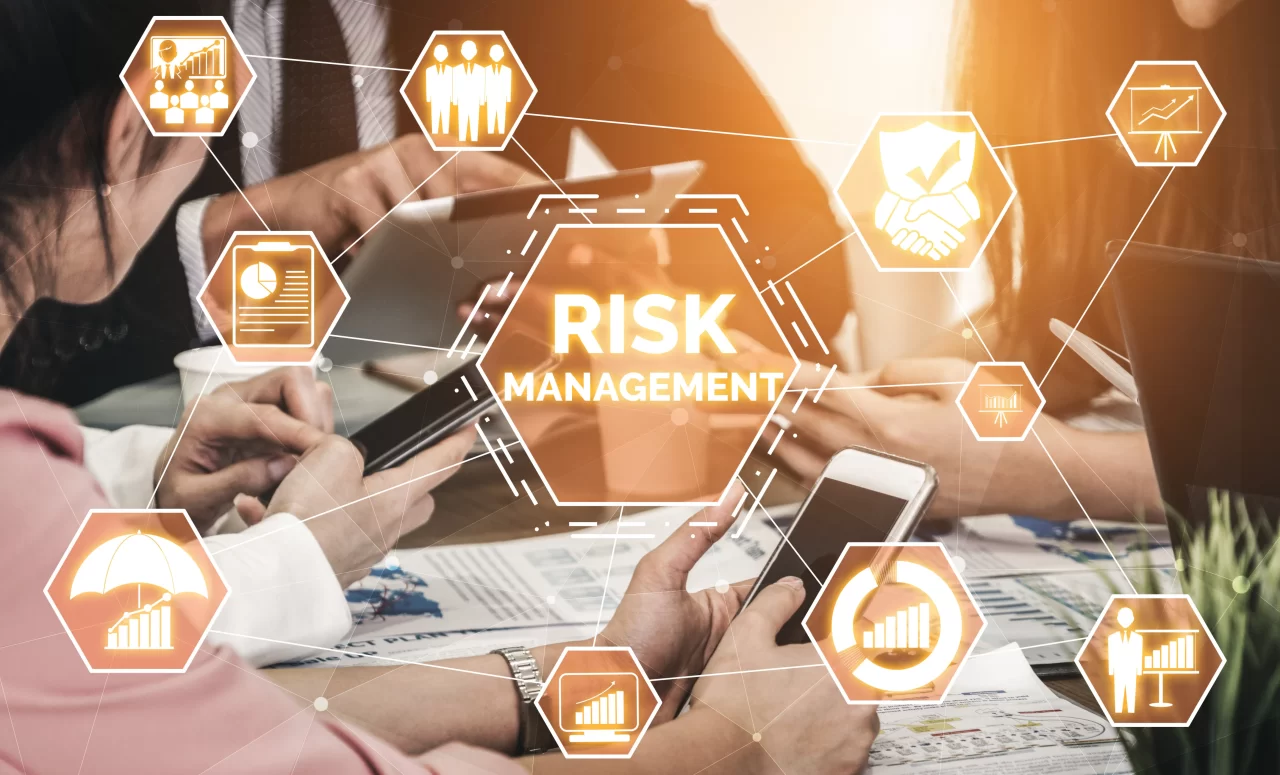In the current digital era, cybersecurity threats are continuously changing, thus it is essential for enterprises to put robust cybersecurity measures in place. To safeguard a company against potential dangers, cybersecurity is not sufficient on its own. To ensure that it is in line with company goals and complies with regulations, it must be integrated into an organization’s governance, risk, and compliance (GRC) strategy.
In this blog post, we will explore how GRC can help organizations strengthen their cybersecurity posture.
Governance in Cybersecurity
Establishing policies, methods, and guidelines for managing an organization’s information technology (IT) assets, such as data, applications, and systems, is known as governance. Risk and compliance management are also a part of governance. An efficient cybersecurity governance approach should clearly define who is responsible for cybersecurity and make sure that risks are handled in a way that supports corporate goals.
Risk Management in Cybersecurity
Risk management in the context of cybersecurity entails identifying cybersecurity risks and evaluating their possible impact on the IT assets and business activities of an organization.
Identification, evaluation, and mitigation of risks that could impact an organization’s IT assets are all part of risk management. The creation of risk treatment plans that specify the measures required to reduce recognised hazards should be included in risk management.
Compliance in Cybersecurity
The process of ensuring compliance is the act of adhering to relevant laws, rules, and industry standards. As far as cybersecurity goes, compliance requires adhering to industry-specific cybersecurity standards, including the Payment Card Industry Data Security Standard (PCI DSS) and Health Insurance Portability and Accountability Act (HIPAA), as well as data protection legislation, including the General Data Protection Regulation (GDPR) and California Consumer Privacy Act (CCPA).
What is GRC in Cybersecurity
GRC provides a framework for integrating governance, risk management, and compliance into an organization’s cybersecurity strategy. By integrating GRC into cybersecurity, organizations can:
- Establish clear accountability for cybersecurity by defining roles and responsibilities for managing cybersecurity risks.
- Identify and assess cybersecurity risks to IT assets and business operations, enabling organizations to develop effective risk treatment plans.
- Ensure that cybersecurity activities comply with applicable laws, regulations, and industry standards.
- Establish a culture of security across the organization, with employees and stakeholders aware of their responsibilities for managing cybersecurity risks.
- Enhance incident response capabilities by having a clear plan in place to address cybersecurity incidents.
- Improve vendor management by assessing and managing the cybersecurity risks of third-party vendors and partners.
- Increase transparency and communication around cybersecurity risks and incidents with stakeholders such as customers, investors, and regulators.
- Improve overall governance and decision-making by integrating cybersecurity risk management into the broader enterprise risk management framework.
- Stay ahead of emerging threats and trends in cybersecurity by conducting regular risk assessments and monitoring the cybersecurity landscape.
Benefits of GRC in Cybersecurity
By integrating GRC into cybersecurity, organizations can:
- Reduce the risk of cybersecurity breaches and their potential impact on IT assets and business operations.
- Ensure that cybersecurity activities are aligned with business objectives and meet regulatory requirements.
- Improve decision-making by providing accurate and timely information on cybersecurity risks.
- Save time and resources by streamlining cybersecurity activities through automation.
- Enhance transparency and accountability in cybersecurity practices, helping organizations build trust with stakeholders.
- Facilitate communication and collaboration between different departments and stakeholders involved in cybersecurity.
- Enable continuous monitoring and improvement of cybersecurity practices to stay ahead of emerging threats.
- Provide a framework to identify and address cybersecurity risks across the organization.
- Increase resilience towards cybersecurity threats and minimize the impact of security incidents.
Conclusion
In conclusion, The cybersecurity strategy of a business must include GRC. Organizations should establish clear accountability for cybersecurity, identify and evaluate cybersecurity risks, maintain compliance with relevant laws and regulations, and create a culture of security throughout the organization by incorporating GRC into cybersecurity. In order to strengthen their cybersecurity posture and defend their IT assets and business processes from potential threats, businesses should think about incorporating GRC tools and technologies as part of their cybersecurity programme.
ASPIA can be of assistance if you’re looking to strengthen your company’s GRC procedures and cybersecurity posture. Contact us right away to find out more about our GRC solutions and how we can benefit your business.





